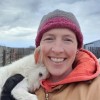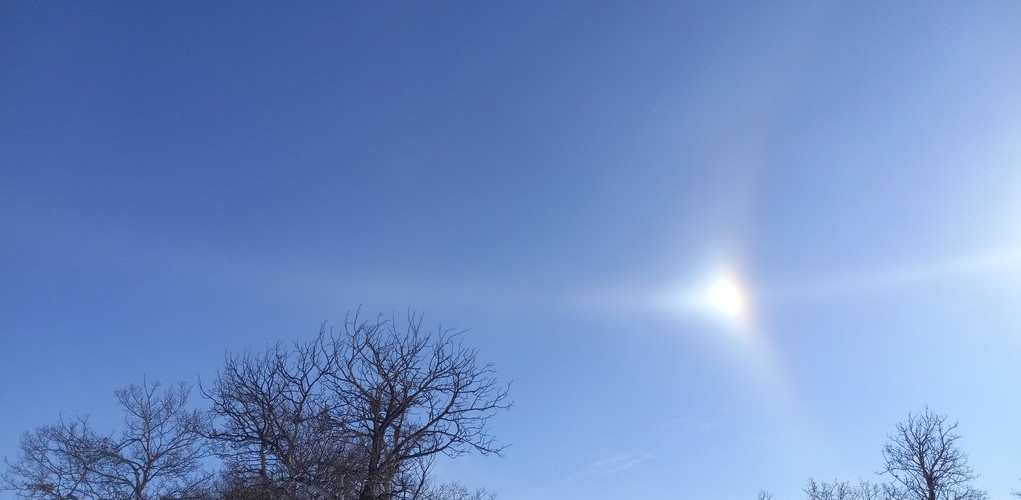


Professor of astronomy, farmer of goats. Asteroid (42910). She/her.
Has mostly lived in warmer places, now learning to live respectfully on Treaty 4 lands (Saskatchewan, Canada)
This profile is from a federated server and may be incomplete. Browse more on the original instance.